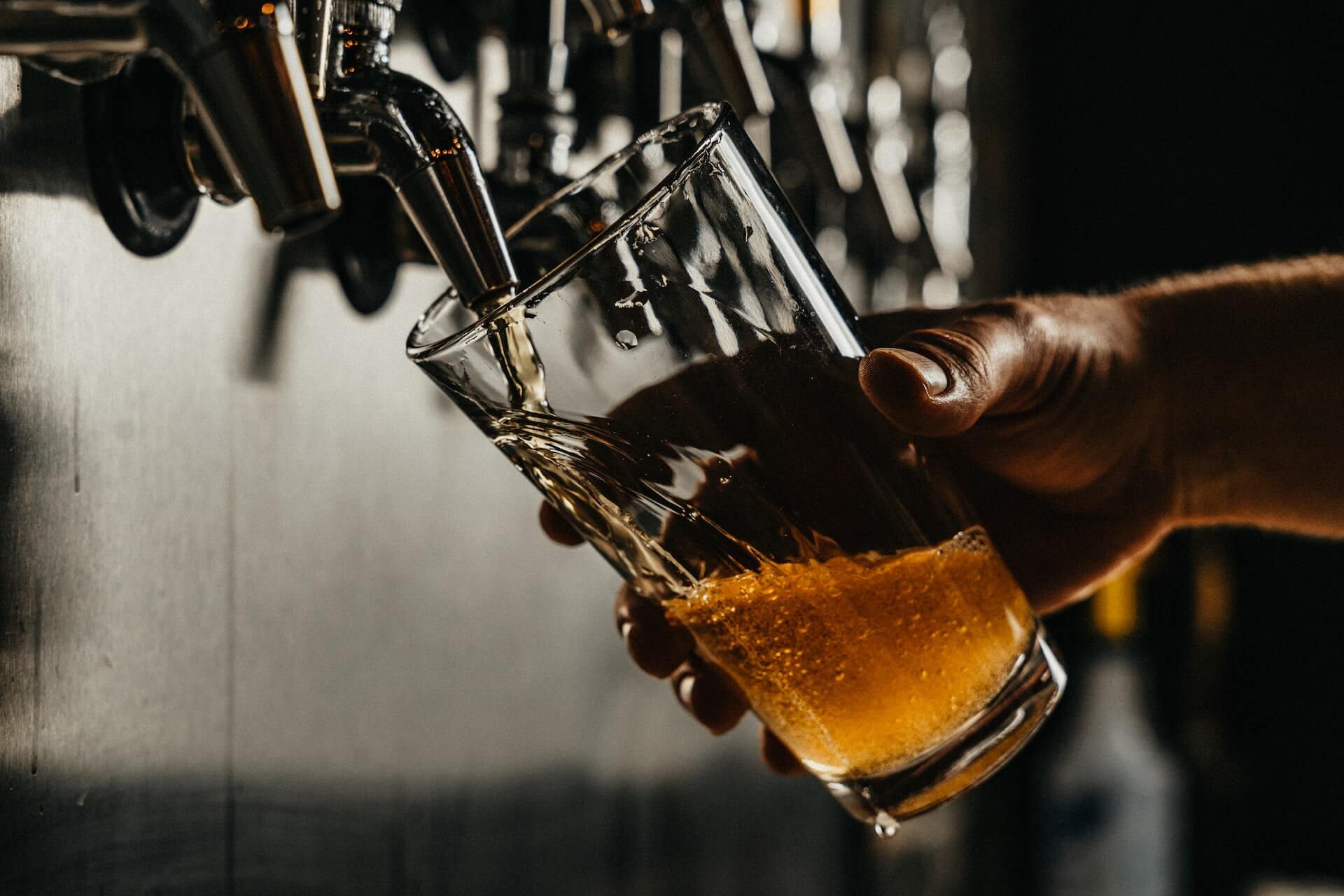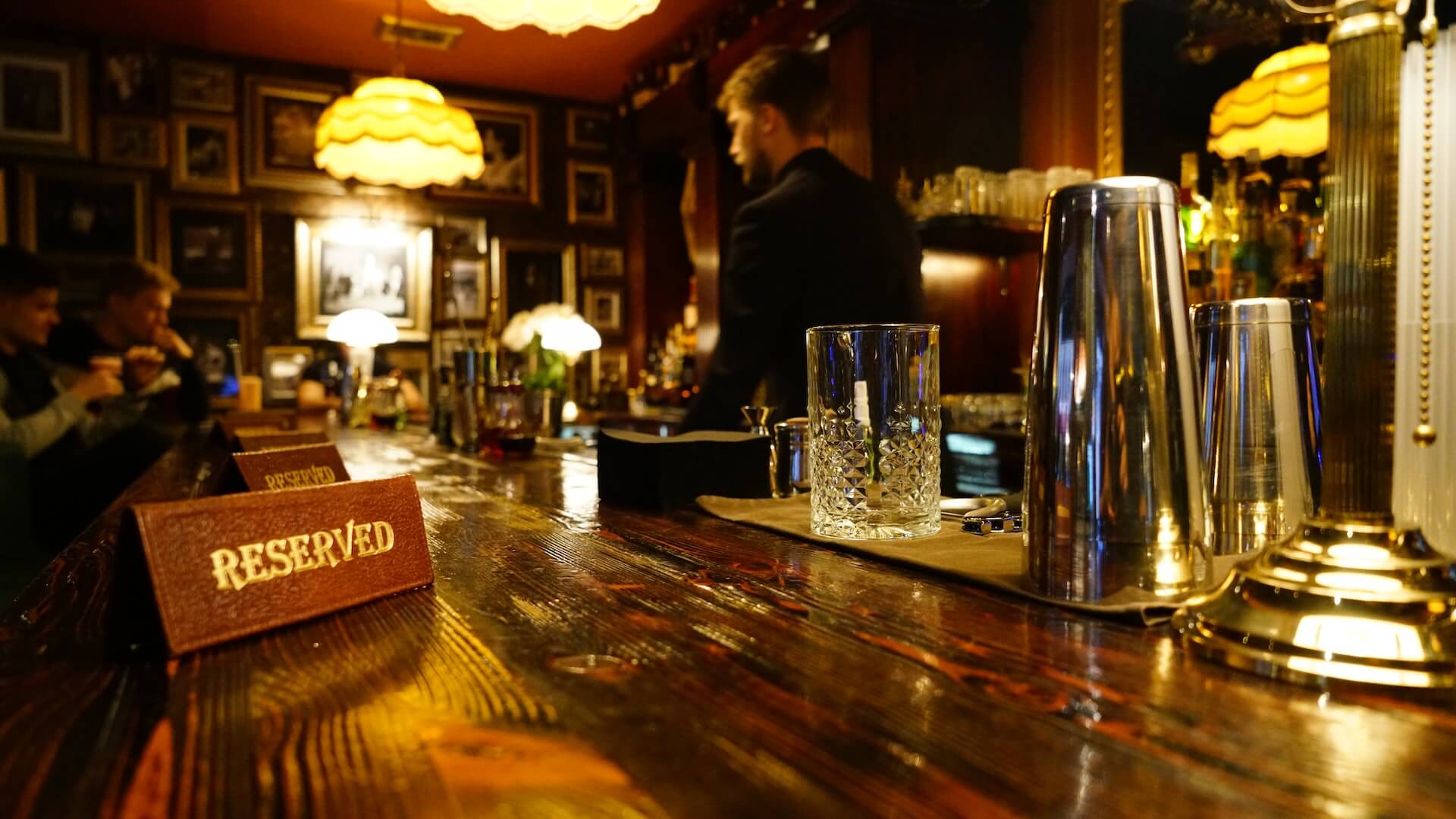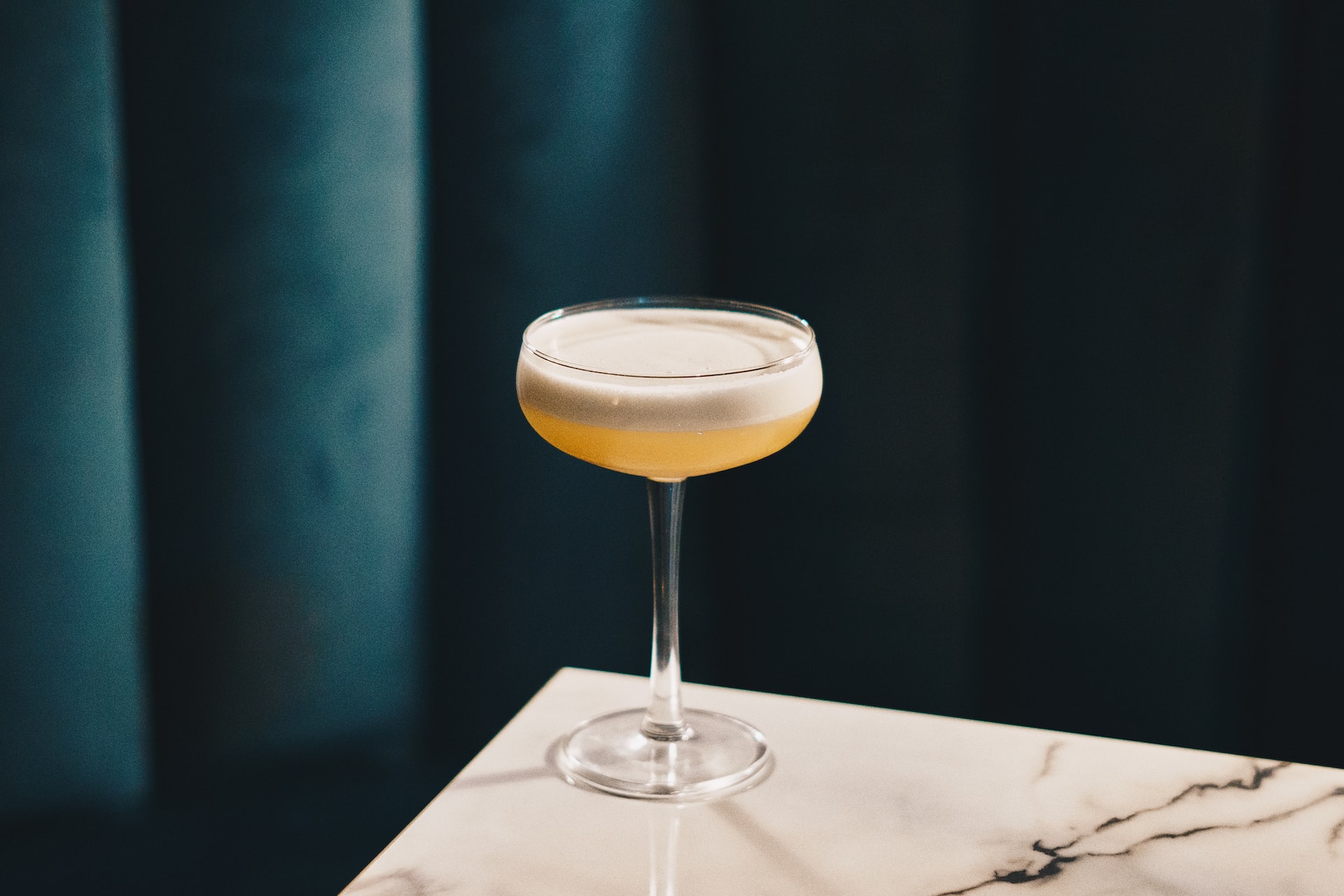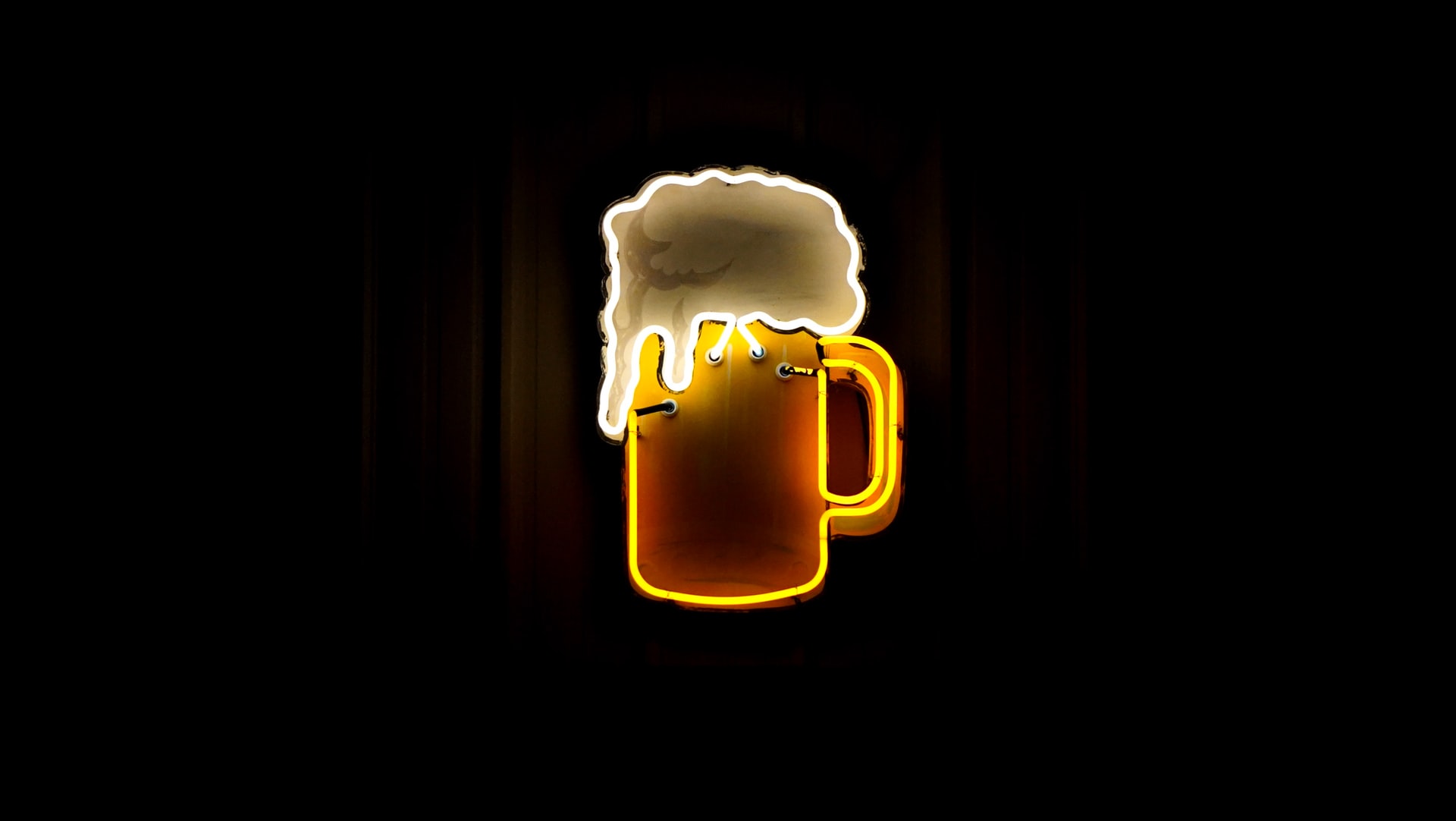Clever Ranks the Top US Retirement Cities
by David Klemt

Real estate brokerage Clever, known for transparency and affordability, has identified the top cities for people to retire to in the United States of America.
Over the past few weeks we’ve examined an array of city rankings. For example, last month we took a look at Time Out’s top 53 cities in the world for 2022. Out of those 53 cities, six are in the US and two are in Canada. Both countries have one city in the top ten.
Also in July of this year, we learned from Redfin which US cities are experiencing the greatest outflow and inflow. Spoiler: The top outflow city is San Francisco. Also, the number one inflow city is Miami.
Then this month we checked in on a very specific demographic: “high earners.” For this report, SmartAsset Advisors labeled high-earner households as those earning $200,000 or more per year. If you want to know which states are attracting the most high earners, click here. Conversely, you’ll see which states are seeing the greatest outflow of high earners.
Now, we know the top cities in which Baby Boomers should retire, according to Clever.
Retirement
It’s wise for operators to know everything they can about the markets in which the operate. Is it attracting or losing high earners? Are people clamoring to live in a particular city, driving up home, rental, and other costs?
On the flip side, is a city an operating is running a business in seeing an exodus? Obviously, if a significant number of people are leaving, traffic and revenue can see a negative impact.
Another important factor impacting a given market? The number of retirees who want to move there.
Generally speaking, many retirees have disposable income and time on their hands. Both of which, of course, they can spend at restaurants, bars, and hotels.
For their report, Clever considered healthcare, cost of living, and quality of life. On the topic of healthcare, Clever points out that retirees need to consider affordable care costs and quality of care.
Overall, Clever examined 18 metrics to come up with their lists, including how states tax Social Security and a 401(k).
American Cities 50 to 11
Unsurprisingly, there’s crossover between the top inflow and outflow cities and the top retirement cities.
- Minneapolis, Minnesota
- Riverside, California
- Sacramento, California
- Detroit, Michigan
- Seattle, Washington
- San Diego, California
- Phoenix, Arizona
- Buffalo, New York
- Boston, Massachusetts
- Salt Lake City, Utah
- Columbus, Ohio
- New York, New York
- Los Angeles, Calfornia
- Dallas, Texas
- Charlotte, North Carolina
- Las Vegas, Nevada
- Raleigh, North Carolina
- San Jose, California
- Washington, DC
- Atlanta, Georgia
- Portland, Oregon
- Houston, Texas
- San Antonio, Texas
- Austin, Texas
- San Francisco, California
- Baltimore, Maryland
- Orlando, Florida
- Philadelphia, Pennsylvania
- Cincinnati, Ohio
- Cleveland, Ohio
- Chicago, Illinois
- Virginia Beach, Virginia
- Jacksonville, Florida
- Hartford, Connecticut
- Memphis, Tennessee
- Pittsburgh, Pennsylvania
- Providence, Rhode Island
- Kansas City, Missouri
- Milwaukee, Wisconsin
- Indianapolis, Indiana
American Cities 10 to 1
Below, the top ten retirement cities according to Clever.
- Nashville, Tennessee
- Miami, Florida
- Oklahoma City, Oklahoma
- Tampa, Florida
- Richmond, Virginia
- Denver, Colorado
- St. Louis, Missouri
- Louisville, Kentucky
- Birmingham, Alabama
- New Orleans, LA
Per Clever, New Orleans clinches the top spot for the following reasons:
- Affordability.
- The state of Louisiana doesn’t tax Social Security benefits.
- Income-level limits on 401(k), IRA, and pension distribution tax rates.
Image: Susan Q Yin on Unsplash









